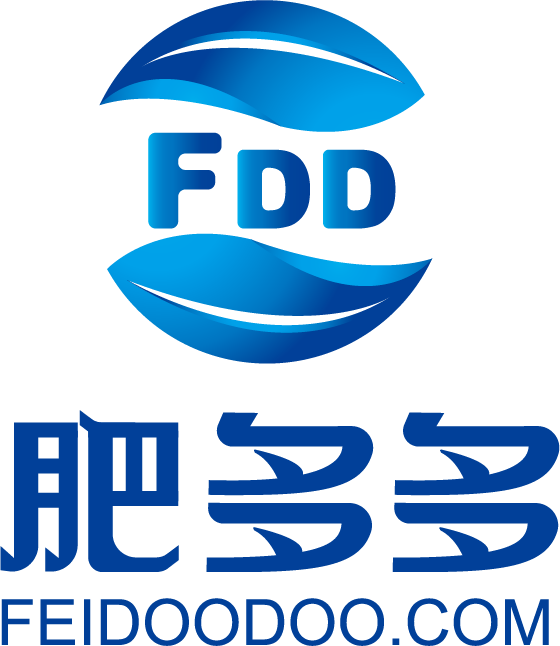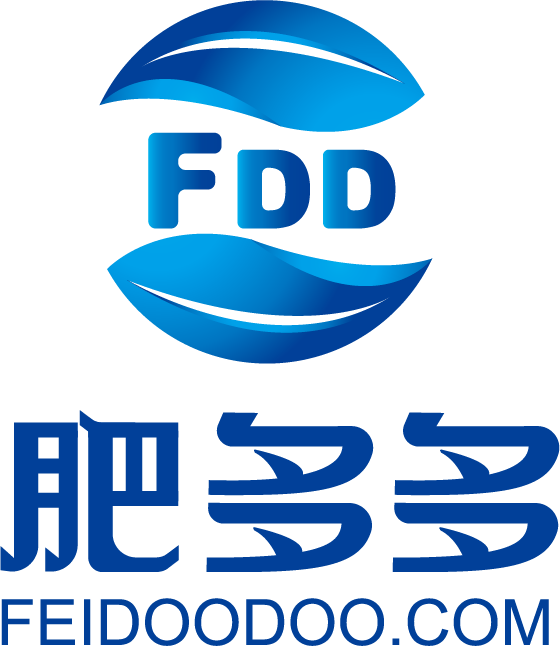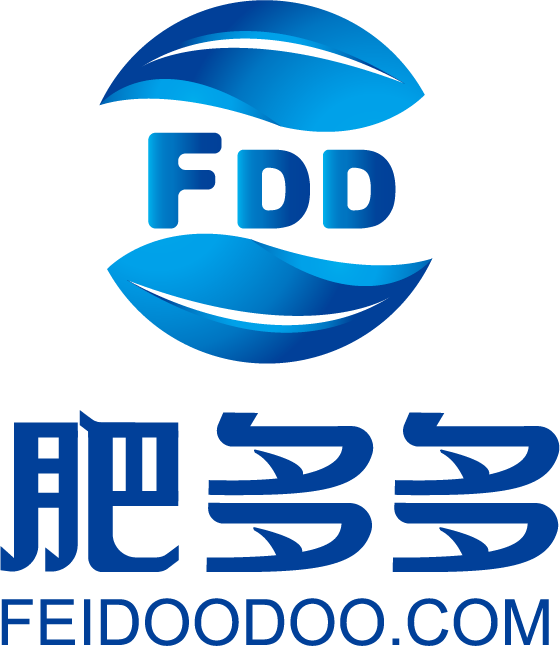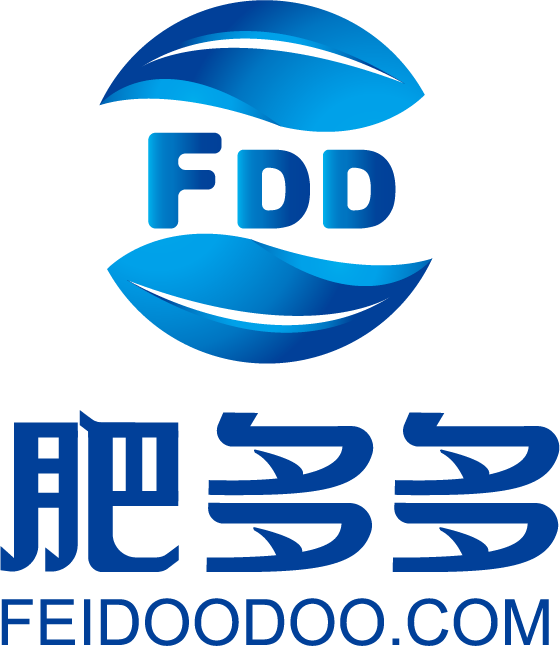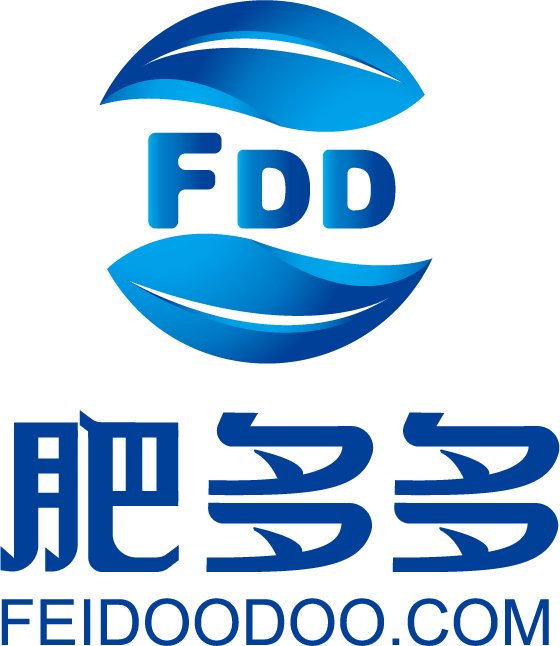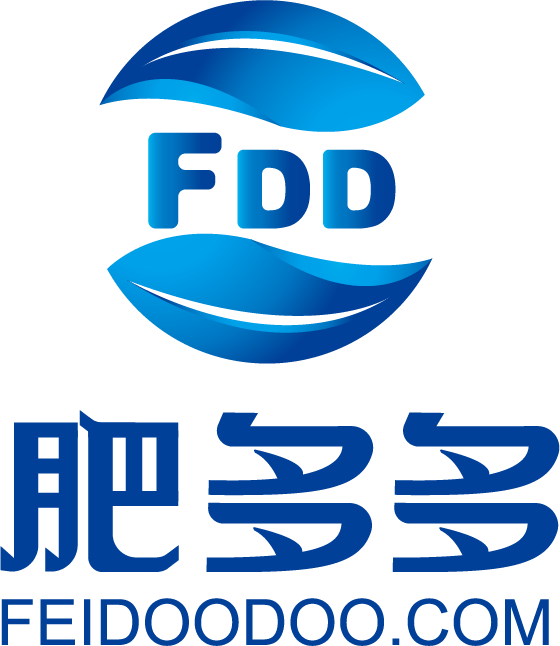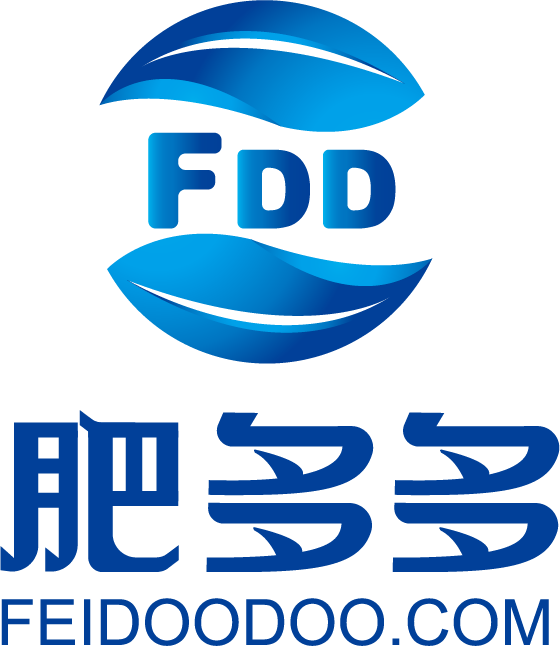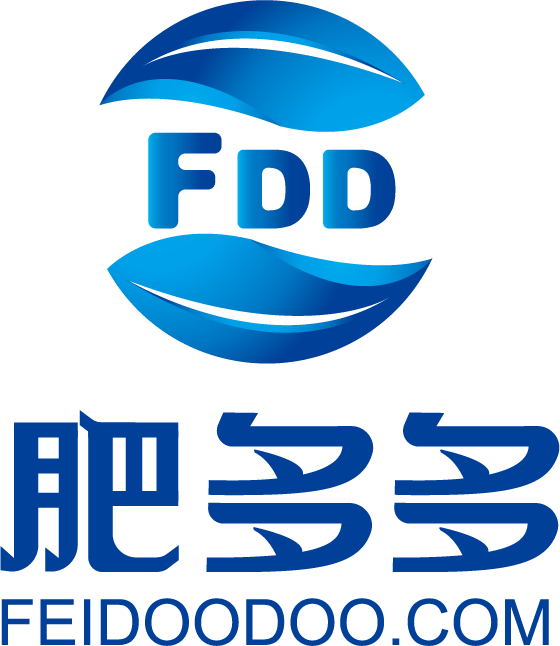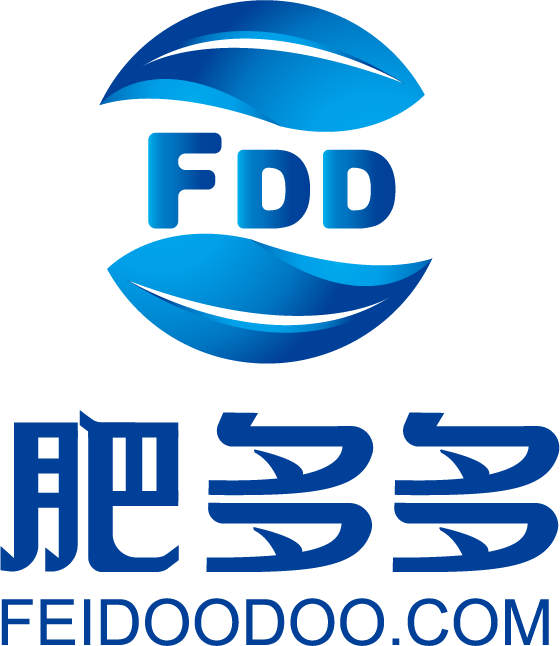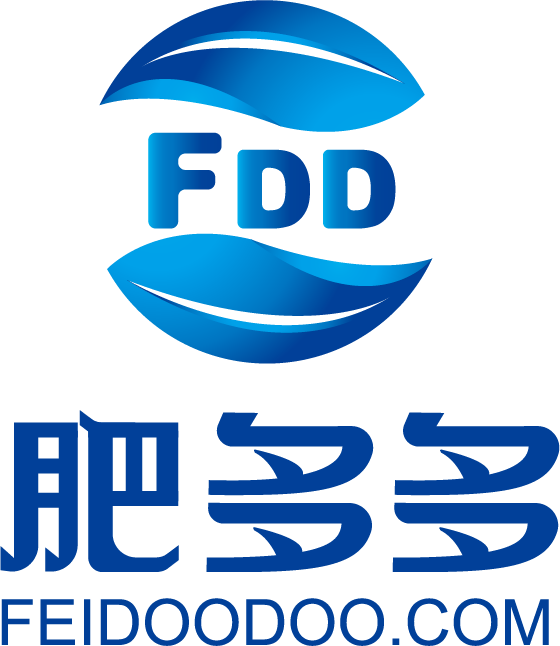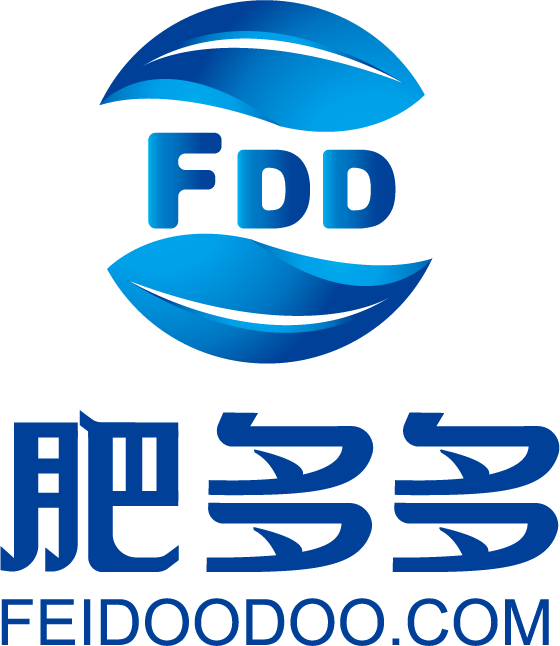- In Q4 2023, the monocalcium phosphate market demonstrated high-level upward trends with minimal price variations due to the fertilizer market off-season. October saw a slight increase in prices due to regional demand variations and decreased industrial demand. November and December witnessed stable prices with cautious downstream demand and reduced shipments due to weather. China's MCP production increased year-over-year, with the industry's average operating rate also rising. Export volumes showed a slight increase, while apparent consumption significantly grew. Port inventories decreased compared to the previous year, reflecting a focus on domestic sales over exports. The upstream synthetic ammonia market fluctuated, impacting MCP production and pricing. The forecast for Q1 2024 anticipates a gradual decrease in MCP prices, considering stable supply, weak demand, and high raw material costs.
- This week in the phosphate fertilizer market, there was a continuation of a flat market atmosphere, with a decrease in industry operating rates. Price indices for both MAP and DAP showed minor decreases, indicating a trend of stability with slight drops. On the supply side, both MAP and DAP manufacturers faced adequate pre-received orders, mainly executing previous orders, leading to limited new transactions. Market transactions remained limited, and the demand side continued to show weak winter storage and agricultural demand, with a strong wait-and-see sentiment. Weekly production in both MAP and DAP industries decreased, with port inventories showing a stable or declining trend. The future outlook suggests that MAP market prices will continue to be stable with minor decreases, while DAP market prices are expected to remain stagnant and organized.
- This week in the urea market, there was a significant overall reduction in company quotes, leading to a slight improvement in market orders. The Feiduoduo price index indicated a continued weak market atmosphere with a notable decrease in the small particle urea price index. Despite some support from pending factory orders early in the week, major regional companies significantly reduced prices to attract orders, resulting in a modest improvement in transactions. However, the overall demand remained limited, and the cautious sentiment persisted in the downstream market. Mid-week, the market remained sluggish with limited spot market transactions and a bearish trend in the futures market. Towards the end of the week, after several days of price reductions, new orders began to increase. However, companies faced increasing pressure to secure orders before the holidays, leading to a continuous decline in the market's transaction focus. Regional urea prices varied, with notable decreases across different areas. Production this week was lower than the previous week but still higher than the same period in 2022. Inventory levels at companies and ports increased slightly, while the compoun
- The phosphate fertilizer market in China experienced steady but slightly declining prices in December 2023, with weakened downstream demand. The monocalcium phosphate (MCP) market showed a steady decline due to cautious purchasing and high-cost pressures, leading to slightly reduced industry operating rates. The diammonium phosphate (DAP) market also witnessed a moderate price drop, affected by tepid winter storage market transactions and cautious downstream purchasing. Despite firm factory quotes driven by backorders and raw material costs, market transactions remained weak. The operating rates for the MCP industry showed a slight increase compared to the previous month but were still lower than the same period last year. In contrast, the DAP industry’s operating rates rose both month-on-month and year-on-year. Production trends for both MCP and DAP indicated slight decreases compared to the previous month. Import and export data reflected a significant increase in MCP exports and a dramatic rise in imports, while DAP exports also grew substantially. Apparent consumption data showed a notable increase in MCP consumption compared to the previous year, while DAP consumption decrea
- The urea market in December is characterized by continuing price declines and increased pressure on enterprises for pre-holiday order collection. The small particle price index shows a downward trend, and the futures market reflects a fluctuating yet declining pattern. The spot market reveals a cautious approach in downstream order replenishment amidst weakening supply and cautious demand. As a result, the market is expected to maintain a steady yet downward adjustment in the short term.
- In the phosphate fertilizer market, both MAP and DAP maintain stable prices, despite a downturn in industry operation due to insufficient market demand. MAP is currently experiencing a decline in operation rates, with factories processing previously pending orders and cautious market purchasing. DAP, on the other hand, faces weak winter storage downstream demand, with ongoing cautious purchasing attitudes and a strong wait-and-see sentiment. The cost support from raw materials like synthetic ammonia, sulfur, and phosphate rock contributes to the stability of both MAP and DAP market prices, which are expected to continue their steady yet consolidating trend in the short term.
- China's domestic urea market in December experienced a stagnant spot market, with prices stabilizing and slightly declining. Export pessimism and focus on the domestic market led to gradual domestic order replenishment. Urea prices faced limited growth due to market conditions and policy influences. The industry's average operation rate showed a slight decline but remained higher than last year. Urea production decreased due to short-term plant shutdowns and reduced demand. Despite limited exports, domestic consumption increased. Urea inventories at ports and enterprises varied, reflecting export limitations and market purchasing trends. The urea market is predicted to remain stagnant in January 2024, with stable yet slightly declining prices and upward pressure.
- The domestic urea market exhibits a bearish trend, with prices continuing to decline amidst weak supply support. The market faces limited demand and downward pressure on factory quotations. Despite the slight positive impact of reduced daily production on the market, the downstream sector's response remains muted, leading to a cautious and watchful atmosphere. The urea market, therefore, is likely to maintain a steady but downward trajectory in the immediate future.
- The phosphate fertilizer market, particularly monoammonium and diammonium phosphate, exhibits a steady yet adjusting trend due to continued weak demand. The MAP market sees a steady price with factories fulfilling prior orders and slight price adjustments for downstream clients. The DAP market, while stable in factory pricing, faces a tight supply but slow demand follow-up. Overall, the market is influenced by raw material cost fluctuations and cautious downstream purchasing, leading to a steady yet slightly adjusting market scenario in the short term.
- Daily Urea Review: Enterprise Prices Continue to Decline Modestly, Market Sentiment Remains CautiousThis report provides a daily review of China's urea market, analyzing the price index, futures market, and spot market dynamics. The urea market is experiencing a modest decline in enterprise prices amid a cautious market sentiment. The market performance is subdued, with limited spot transactions and a bearish trend in futures. Supply has decreased due to maintenance shutdowns in gas-based enterprises, while demand remains cautious due to delayed winter storage and reduced purchases by compound fertilizer enterprises. The report forecasts a continued steady downward adjustment in urea market prices in the short term.
- This report analyzes the daily phosphate fertilizer market, focusing on the price indices, market dynamics, and forecasts for MAP and DAP. Both markets exhibit stability in prices despite weak downstream demand and firm upstream costs. The MAP market is characterized by decreasing order volumes and unsettled trader sentiments, leading to negotiated transactions. The DAP market, with sufficient pre-orders and a slow arrival of supplies, maintains a steady yet cautious trading atmosphere. The short-term forecast anticipates continued stability in prices with minor adjustments due to weak demand and tight supply conditions in both markets.
- This report provides a comprehensive analysis of China's urea market in the fourth quarter of 2023. The market experienced a low demand period, with prices fluctuating slightly within a narrow range. Production and operating rates remained high, with minor adjustments due to policy influences. Export data showed significant year-over-year growth, while consumption also increased. Inventory levels indicated an increase in port stocks and a decrease in enterprise stocks. The outlook for Q1 2024 anticipates continued low demand and export difficulties, suggesting a weak market trend for the upcoming period.
- This report provides an overview of China's urea import and export data for November 2023. It highlights a significant increase in urea exports compared to the previous year, though there is a slight decrease compared to the previous month. The report also notes a considerable decrease in urea imports, both year-on-year and month-on-month. The export destinations are diverse, with India being the largest importer of Chinese urea. The data reflects China's position in the global urea market and its significant impact on international trade dynamics. The analysis underscores the importance of monitoring export and import trends in understanding the global urea market's supply and demand balance.
- This report provides an analysis of the daily phosphate fertilizer market, focusing on MAP and DAP. It highlights a slight decrease in MAP prices due to reduced pending orders and sales pressure, and a weak market atmosphere affecting new order follow-ups. DAP prices also saw a slight decrease, with factory prices stable amid limited new orders and cautious downstream demand. The raw material prices, including synthetic ammonia and sulfur, slightly increased, influencing the cost structure of the market. The report concludes that the phosphate fertilizer market, both MAP and DAP, is expected to continue a steady yet minor downward adjustment in the short term due to weak demand and cautious market sentiment. The analysis emphasizes the market's sensitivity to supply and demand dynamics and the influence of raw material costs.
- This report provides an in-depth analysis of the urea market for the day, highlighting a significant decrease in enterprise pending orders and a wide-ranging decline in market prices. The urea price index and futures market show a downward trend, reflecting cautious market sentiment. The report details the pricing dynamics across different regions and the factors influencing the market, including supply reductions and limited downstream demand. The forecast suggests a continued cautious approach in the market, with a likelihood of prices stabilizing and trending downwards in the short term. The analysis underscores the importance of monitoring market trends and enterprise strategies in the urea industry.
- Mall
- Supermarket
- Supplier
- Integrated logistics
- Warehousing
- Transaction Services
- Expo Services

